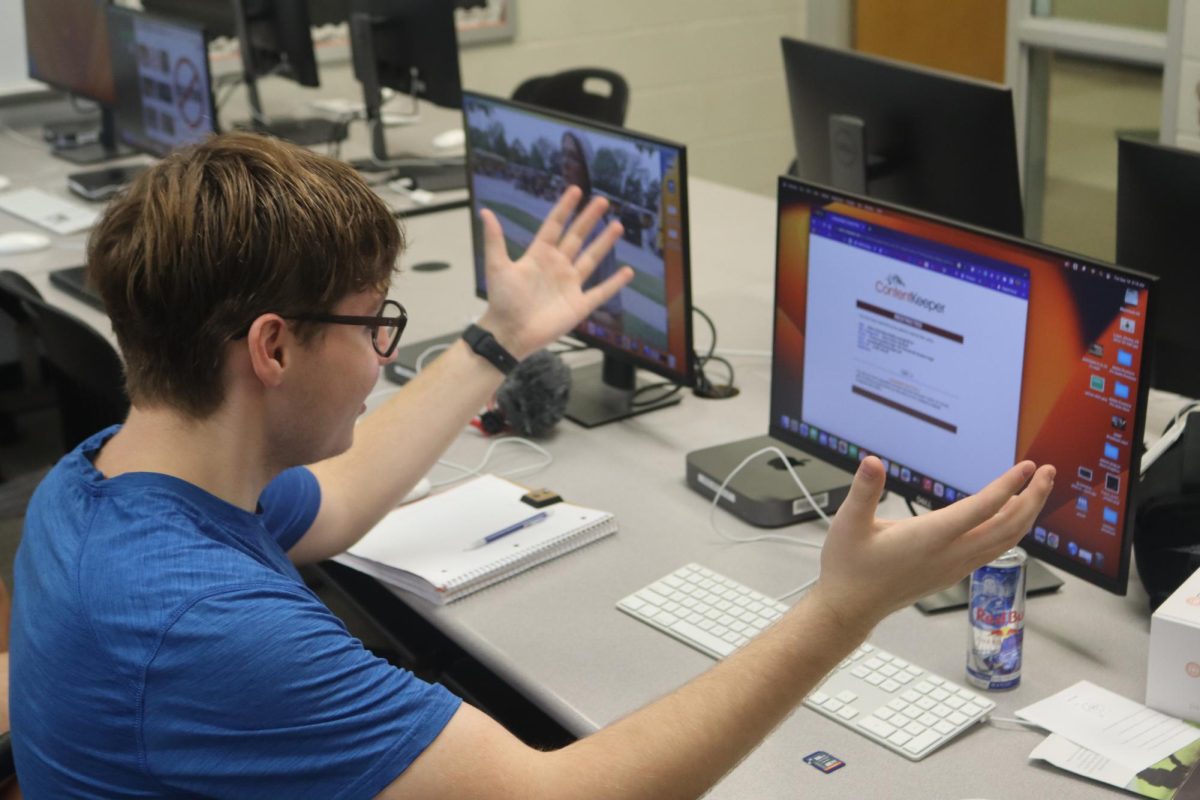Social media platforms like Instagram and X (Twitter) have become integral parts of modern life, especially for teenagers. However, in recent years, there has been a growing debate over whether schools should ban these platforms on their premises. While there are valid concerns about the potential distractions and negative impacts of social media, it is essential to consider the benefits they offer in terms of connectivity, educational resources and real-world preparedness.
According to the American Academy of Pediatrics, “Technology use can have both positive and negative effects on children, depending on the content and amount of time spent.” Rather than outright banning Instagram and Twitter, educators should focus on teaching responsible and safe social media usage, preparing students for the digital world they will encounter beyond the classroom.
According to Dr. Sarah Adams, a child psychologist and researcher at Harvard University. “We must acknowledge that social media is an integral part of the lives of today’s youth, and banning these platforms would not be a sustainable solution. Instead, we should provide guidance on how to navigate these platforms safely and responsibly.”
Social media can serve as a valuable educational tool. According to a report by the Pew Research Center, “59% of U.S. teens have reported using social media to access educational content, including instructional videos, study groups, and educational resources.” Banning these platforms would deprive students of access to a wealth of educational materials and opportunities for collaboration.
In the real world, professional success often hinges on the ability to use social media effectively. According to Forbes magazine, “88% of employers use social media to screen potential job candidates.” Banning Instagram and Twitter in schools would hinder students’ chances of acquiring valuable digital skills and an understanding of their future job market.
While concerns about the potential distractions and negative effects of social media in schools are valid, outright bans are not the solution. Instead, educators should embrace the opportunity to teach responsible usage, harness the educational potential of these platforms, and prepare students for the digital world that awaits them. As Dr. Adams aptly puts it, “We must strike a balance between connectivity and responsibility, helping our students become digital citizens who can thrive in an increasingly interconnected world.”








